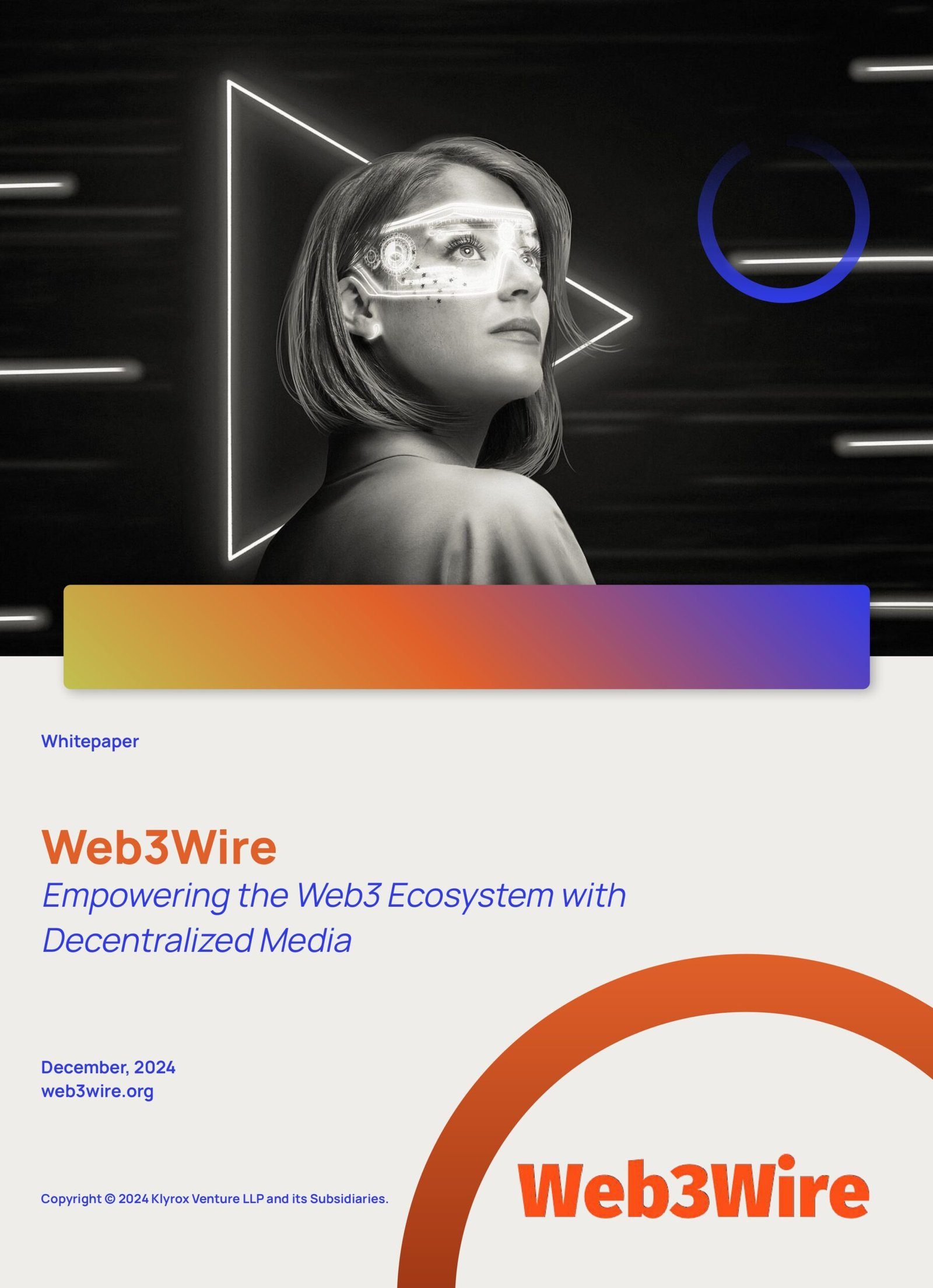The global nanophotonics market is experiencing significant growth, driven by advancements in nanotechnology, optics, and photonics. With the rise of emerging applications across industries such as telecommunications, healthcare, consumer electronics, and defense, nanophotonics is poised to revolutionize how we interact with light at the nanoscale. As innovative technologies continue to evolve, the nanophotonics market is expected to expand rapidly, offering new opportunities for players in both developed and emerging markets.
In 2022, sales revenue from the global nanophotonics market was around US$39.8 billion. The demand for nanophotonics is expected to increase at a 30.6% CAGR between 2022 and 2032. It is anticipated that the worldwide nanophotonics industry would be worth approximately US$ 576 billion by 2032.
Get a Sample Copy of Research Report (Use Corporate Mail id for Quick Response):
https://www.persistencemarketresearch.com/samples/33434
Nanophotonics refers to the study and application of light at the nanoscale level. This technology utilizes light’s interactions with nanomaterials to develop devices that have broad applications, from next-generation communications to energy-efficient lighting solutions. The global market for nanophotonics is gaining momentum, with demand coming from diverse sectors, including information technology, medical devices, and manufacturing, making it one of the most dynamic and forward-looking markets in the technology landscape today.
Key Growth Drivers:
The growth of the nanophotonics market can be attributed to several key drivers that are propelling the industry forward. These factors include:
➤ Technological Advancements: Significant breakthroughs in nanotechnology, materials science, and photonics are enabling the development of more efficient and smaller nanophotonic devices. Innovations such as photonic crystals, quantum dots, and plasmonics are contributing to a wide range of applications, from high-speed optical communication systems to improved healthcare diagnostics.
➤ Rising Demand for Energy-Efficient Solutions: The demand for energy-efficient solutions across industries is driving the adoption of nanophotonic materials. Nanophotonics offers the potential for low-energy consumption devices, making them highly attractive for the energy-conscious consumer electronics and telecommunications sectors. Photonic devices can achieve higher performance with reduced energy use, contributing to overall energy savings.
➤ Growing Healthcare Applications: Nanophotonics is making notable inroads in the medical field, particularly in imaging, diagnostics, and treatment technologies. With applications in bio-imaging and drug delivery systems, nanophotonics is revolutionizing the healthcare industry by offering non-invasive, highly sensitive, and accurate diagnostic tools, as well as targeted treatment options. The growing need for innovative medical technologies further drives market expansion.
➤ Increasing Telecommunication Needs: The demand for high-speed internet and advanced telecommunication infrastructure is also pushing the growth of nanophotonics. As data transmission requirements increase, photonic devices enable faster and more efficient communication, supporting the development of next-generation fiber optic systems and communication networks. Nanophotonics is also crucial for the miniaturization of optical components, which is essential in modernizing telecommunication systems.
➤ Government and Private Sector Investments: Both public and private sector investments are propelling research and development in the nanophotonics market. Governments across the globe are allocating substantial funds to support innovation and the commercialization of nanophotonics-based technologies. These investments are not only driving the growth of the market but also encouraging collaboration between academic institutions and private companies.
Regional Insights:
The global nanophotonics market is expected to grow at a rapid pace across different regions, with key players focusing on regional expansion to meet the demand for advanced photonic technologies. The key regions driving the market include:
➤ North America: North America is a dominant player in the global nanophotonics market, with the U.S. at the forefront of technological advancements in nanotechnology and photonics. The region is home to several prominent market players and a strong research and development ecosystem. The growing demand for high-speed telecommunications, healthcare applications, and energy-efficient solutions is expected to drive further market growth in this region.
➤ Europe: Europe is another leading region for nanophotonics, with significant research initiatives and funding directed toward the commercialization of advanced photonic technologies. The European Union’s investments in technology innovation and the growing demand for green energy solutions are contributing to the expansion of the nanophotonics market in the region. Key markets in Europe include the United Kingdom, Germany, and France, which are expected to remain major hubs for nanophotonics development.
➤ Asia-Pacific: The Asia-Pacific region is expected to witness the highest growth rate in the nanophotonics market. The rapid development of advanced manufacturing capabilities and the rising demand for consumer electronics, telecommunications, and healthcare products in countries such as China, Japan, and South Korea are major contributing factors. The region’s emphasis on research and development, coupled with increasing investments in nanotechnology, is expected to drive market growth in the coming years.
➤ Latin America: The nanophotonics market in Latin America is still emerging but is projected to grow at a steady pace, driven by growing investments in technological innovation and a rising demand for advanced photonic technologies in industries like telecommunications and healthcare. Countries such as Brazil and Mexico are expected to play a significant role in the market’s expansion in the region.
➤ Middle East and Africa: While the nanophotonics market in the Middle East and Africa is currently smaller compared to other regions, the potential for growth is significant. Increasing demand for energy-efficient solutions and government-led initiatives to foster technological development are expected to fuel the market’s growth in this region, particularly in countries like Saudi Arabia, the UAE, and South Africa.
Leading Players:
Several key players are actively shaping the nanophotonics market by offering innovative products and solutions. These companies are focusing on technological advancements, partnerships, and strategic acquisitions to expand their market presence. Some of the leading players in the global nanophotonics market include:
➤ Corning Incorporated: Corning is a leading player in the field of photonics, offering advanced glass and optical fiber solutions. The company’s innovations in nanophotonics, particularly in optical communications, are contributing to the growing demand for high-speed internet and telecommunications infrastructure.
➤ Nanosys Inc.: Nanosys is a major player specializing in quantum dots and nanophotonic devices. The company’s technologies are utilized in a wide range of applications, including display technologies, energy-efficient lighting, and medical imaging.
➤ Siemens AG: Siemens, a global leader in automation and digitalization, is investing heavily in the development of nanophotonics-based solutions. The company’s products in the field of industrial sensors and medical technologies are advancing the capabilities of nanophotonics in various sectors.
➤ Boston University Photonics Center: The Photonics Center at Boston University is at the forefront of nanophotonics research and innovation. The center is engaged in the development of next-generation optical devices for applications in telecommunications, sensing, and healthcare.
➤ IBM Corporation: IBM is one of the key players in the field of nanophotonics, particularly with its focus on quantum computing and communication. IBM’s research and development in photonic chips and nanostructures are advancing the use of nanophotonics in data processing and storage.
➤ Other Notable Companies: Other significant players in the nanophotonics market include Philips, 3M, NanoPhotonics, and Applied Materials, all of which are contributing to the technological advancements and growth of the market through strategic investments, acquisitions, and partnerships.
Conclusion:
The global nanophotonics market is poised for significant growth in the coming years, driven by advancements in nanotechnology, energy-efficient solutions, and the increasing demand for high-performance devices across industries. As applications continue to evolve in sectors such as telecommunications, healthcare, and consumer electronics, the potential for nanophotonics to revolutionize these industries is immense. With major players investing heavily in research and development, the market is set to experience rapid expansion globally.
As technological advancements continue to push the boundaries of what is possible, the nanophotonics market will likely witness increasing investments, innovations, and applications across various regions, further accelerating its growth trajectory. Companies that remain at the forefront of research and development in nanophotonics will be well-positioned to capitalize on the growing demand for next-generation optical solutions.
Contact Us:
Persistence Market Research
G04 Golden Mile House, Clayponds Lane
Brentford, London, TW8 0GU UK
USA Phone: +1 646-878-6329
UK Phone: +44 203-837-5656
Email: sales@persistencemarketresearch.com
Web: https://www.persistencemarketresearch.com
About Persistence Market Research:
At Persistence Market Research, we specialize in creating research studies that serve as strategic tools for driving business growth. Established as a proprietary firm in 2012, we have evolved into a registered company in England and Wales in 2023 under the name Persistence Research & Consultancy Services Ltd. With a solid foundation, we have completed over 3600 custom and syndicate market research projects, and delivered more than 2700 projects for other leading market research companies’ clients.
Our approach combines traditional market research methods with modern tools to offer comprehensive research solutions. With a decade of experience, we pride ourselves on deriving actionable insights from data to help businesses stay ahead of the competition. Our client base spans multinational corporations, leading consulting firms, investment funds, and government departments. A significant portion of our sales comes from repeat clients, a testament to the value and trust we’ve built over the years.
This release was published on openPR.

















